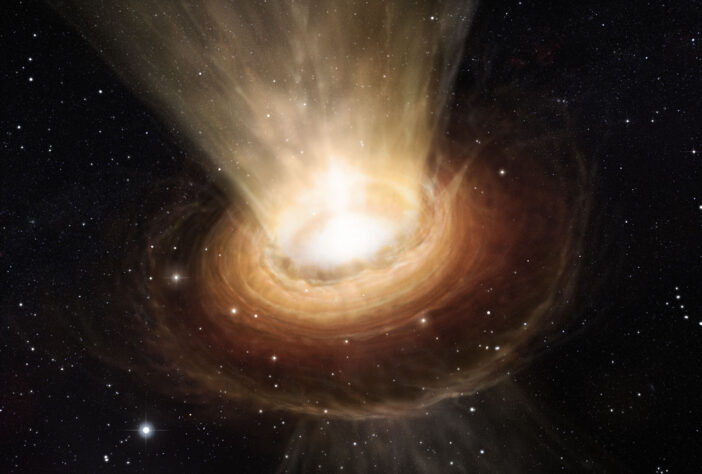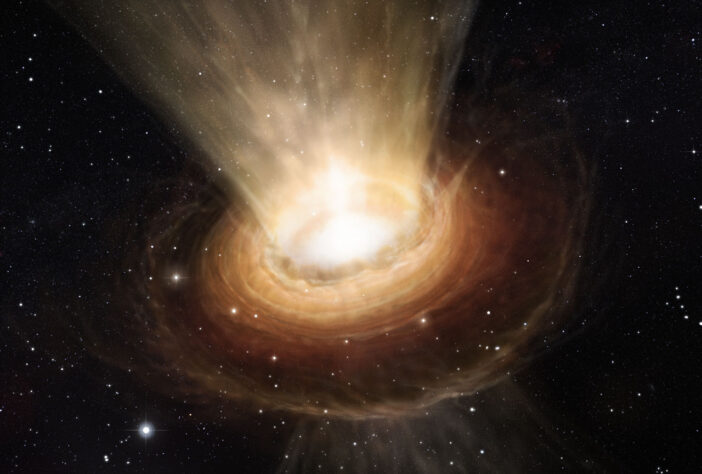
A Cosmic Wonder Exposed: James Webb Space Telescope Reveals the Essence of NGC 1514
In the serene expanse of the night sky, nestled within the Taurus constellation, exists a celestial wonder that has fascinated astronomers for ages: NGC 1514. Originally recorded by the renowned astronomer William Herschel in 1790, this planetary nebula was remarkable for being the first deep-sky object Herschel noted as possessing a genuinely cloudy look—distinct from individual stars. Now, with the aid of NASA’s James Webb Space Telescope, particularly its Mid-Infrared Instrument (MIRI), the cosmic mystery of NGC 1514 has been unveiled in all its elaborate and captivating detail.
The Stellar Story of a Fading Star
Planetary nebulae, contrary to their name, are not related to planets. They represent the concluding chapter in the life of a medium-sized star, similar to our Sun. The outer layers of the aging star expand into space, creating elaborate, expanding shells of gas and dust, illuminated by the remaining hot, dense core—a white dwarf.
At the center of NGC 1514 is a lively pair: two stars rotating around each other in a cosmic choreography that lasts nine Earth years. This binary stellar system is instrumental in shaping the unique hourglass-like nebula. The larger, now-fading star previously released layers of material through a slow, dense stellar wind, and its neighboring companion significantly contributed to forming the ejected gas into captivating structures.
“Rather than forming a sphere, this dynamic might have resulted in these rings,” stated Dr. David Jones, a senior scientist at the Institute of Astrophysics in the Canary Islands, who verified the system’s binary nature in 2017. The gravitational interplay produced a nebula with a stunning look—an evocative mix of rings, flows, and filaments threading through space.
Webb’s Infrared Sight: A Breakthrough in Clarity
Though NGC 1514 has undergone previous studies, it required the unmatched sensitivity of Webb’s MIRI to expose its complete intricacy. What once appeared as mere rings has now emerged as dense, irregular clusters of material organized into chaotic, interlaced loops. These “fuzzy” clusters hold holes—signs of faster stellar material forcing its way through a slower medium amid a turbulent cosmic interaction.
“Prior to Webb, detecting most of this material, let alone observing it so distinctly, was impossible,” remarked Mike Ressler, MIRI project scientist at NASA’s Jet Propulsion Laboratory. The nebula’s seemingly tranquil structure is, in reality, much more dynamic and tumultuous—a discovery made viable through mid-infrared imaging.
Additionally, positioned at a 60-degree angle relative to our viewpoint, NGC 1514’s three-dimensional appearance evokes images of a pouring vessel, yet astronomers contend that the reality resembles more of a foreshortened hourglass. Subtle V-shaped contours in the gas reveal an narrowed waist, while translucent orange clouds illuminate between the outer rings, enriching the vibrant cosmic scene.
Dust, Light, and the Enigma of Absent Molecules
Webb’s findings have also illuminated—literally—the nebula’s fascinating chemistry. The rings primarily consist of extremely fine dust grains, which absorb ultraviolet radiation from the central white dwarf, warming slightly and emitting mid-infrared light that Webb can detect.
Interestingly, certain expected substances are notably absent. Webb’s instruments found little to no evidence of carbon and complex hydrocarbons, such as polycyclic aromatic hydrocarbons (PAHs), typically found in most planetary nebulae. This unusual simplicity in the chemistry of NGC 1514 permits starlight to penetrate the nebula with less obstruction, giving the surrounding rings a luminous quality like none previously observed.
A Glimpse into Our Solar System’s Future
Situated about 1,500 light-years away from Earth, NGC 1514 represents more than just a stunning sight in the sky—it offers a glimpse into our solar system’s distant fate. In approximately five billion years, the Sun will deplete its hydrogen fuel and shed its outer layers, possibly resulting in a planetary nebula akin to this one.
Research like this not only enhances our understanding of the complexities of stellar demise but also provides critical insights into the life cycles of stars and the formation of complex molecules vital for life. With the advanced technologies of instruments like those aboard James Webb, astronomers can now witness these occurrences with unparalleled clarity, unlocking answers to queries that have persisted since Herschel’s initial observations over two centuries ago.
The Splendor of Final Goodbyes
As NGC 1514 continues to transform—an evolution gradually unfolding over millennia—scientists and observers are granted a rare opportunity to witness the intricate processes that shape the cosmos. Thanks
